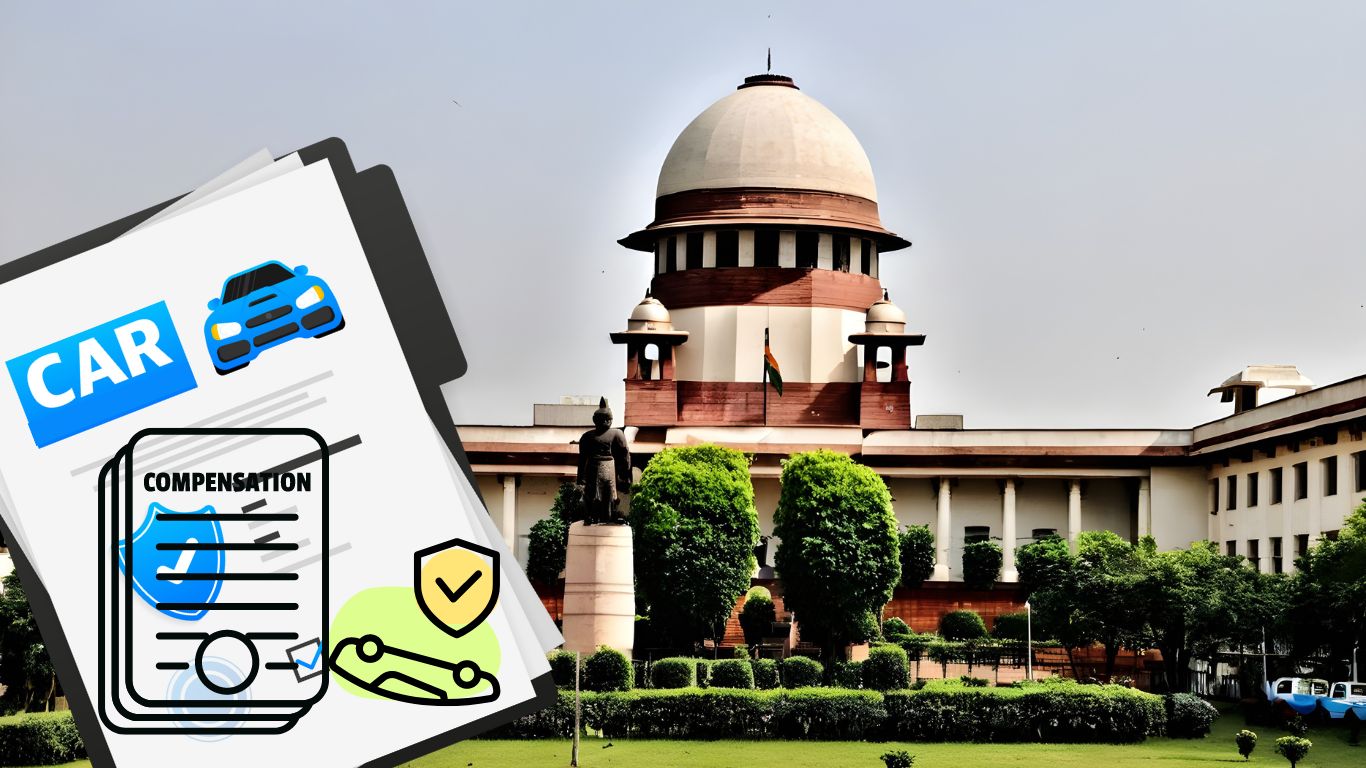The Supreme Court is scheduled to determine whether a victim is eligible to petition for compensation under both Section 166 and Section 163A of the Motor Vehicles Act, 1988.
While Section 163A authorizes no-fault responsibility, which means the claimant need not establish any wrongdoing, neglect, or failure by the vehicle owner or driver, Section 166 allows the claimant to obtain compensation based on demonstrating fault or carelessness of the driver of the offending vehicle. The Second Schedule of the Act contains a structured method that is used to assess compensation under Section 163A.
A bench comprising Justice CT Ravikumar and Justice Sanjay Karol issued a notice returnable in four weeks concerning a Special Leave Petition challenging an order of the Allahabad High Court pertaining to compensation for injuries incurred in a vehicle accident.
The Court noted, “The matter involves certain issues of seminal importance including a question whether a victim can file an application for compensation conjointly under Section 166 and 163A of the Motor Vehicle Act,1988. Issue notice, returnable in four weeks”.
The matter stems from an accident on October 6, 1995, involving Jai Prakash, who sustained severe injuries attributed to alleged reckless and irresponsible driving by a bus run by the Uttar Pradesh State Road Transport Corporation (UPSRTC). The accident left the claimant, a postgraduate student studying Indian history, 60% permanently disabled.
The claimant submitted an application according to provisions 163A and 166 of the Motor Vehicles Act for compensation. The Motor Accident Claims Tribunal (MACT) in Varanasi granted the claimant Rs. 2,42,092.43, plus an annual interest rate of 6 percent. In its ruling dated September 23, 2002, the MACT assessed the claimant’s yearly income at Rs. 15,000 and used a multiplier of 18 to ascertain the compensation. The Tribunal awarded Rs. 5,000 for pain and suffering, which the claimant said was inadequate given the severity of his injuries.
The claimant requested an increase in compensation, arguing that the Tribunal had miscalculated his income and neglected to take future possibilities and medical costs into consideration.
The claimant contended that the Tribunal had made a mistake in determining his income, and the Allahabad High Court agreed. The claimant was an intelligent person with a promising future who was 28 years old at the time of the accident, according to the High Court. The High Court changed his monthly salary to Rs. 5,000 and added 40% for potential growth in light of the judgement in Jagdish v. Mohan and Ors. (2018) by the Supreme Court.
As a result, the HC revised its assessment of the compensation, raising it to Rs. 9,36,900 from Rs. 2,42,092.43. The High Court ordered UPSRTC to pay the increased sum of Rs. 9,36,900 within two months of the Tribunal’s award date, plus six percent interest.
Presently, UPSRTC has filed this SLP to challenge the HC’s decision.
Cause Title – UP State Road Transport Corporation & Anr. v. Jai Prakash & Anr. (Special Leave to Appeal (C) No. 19821/2024)
